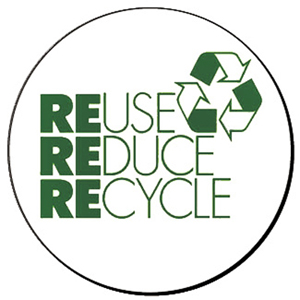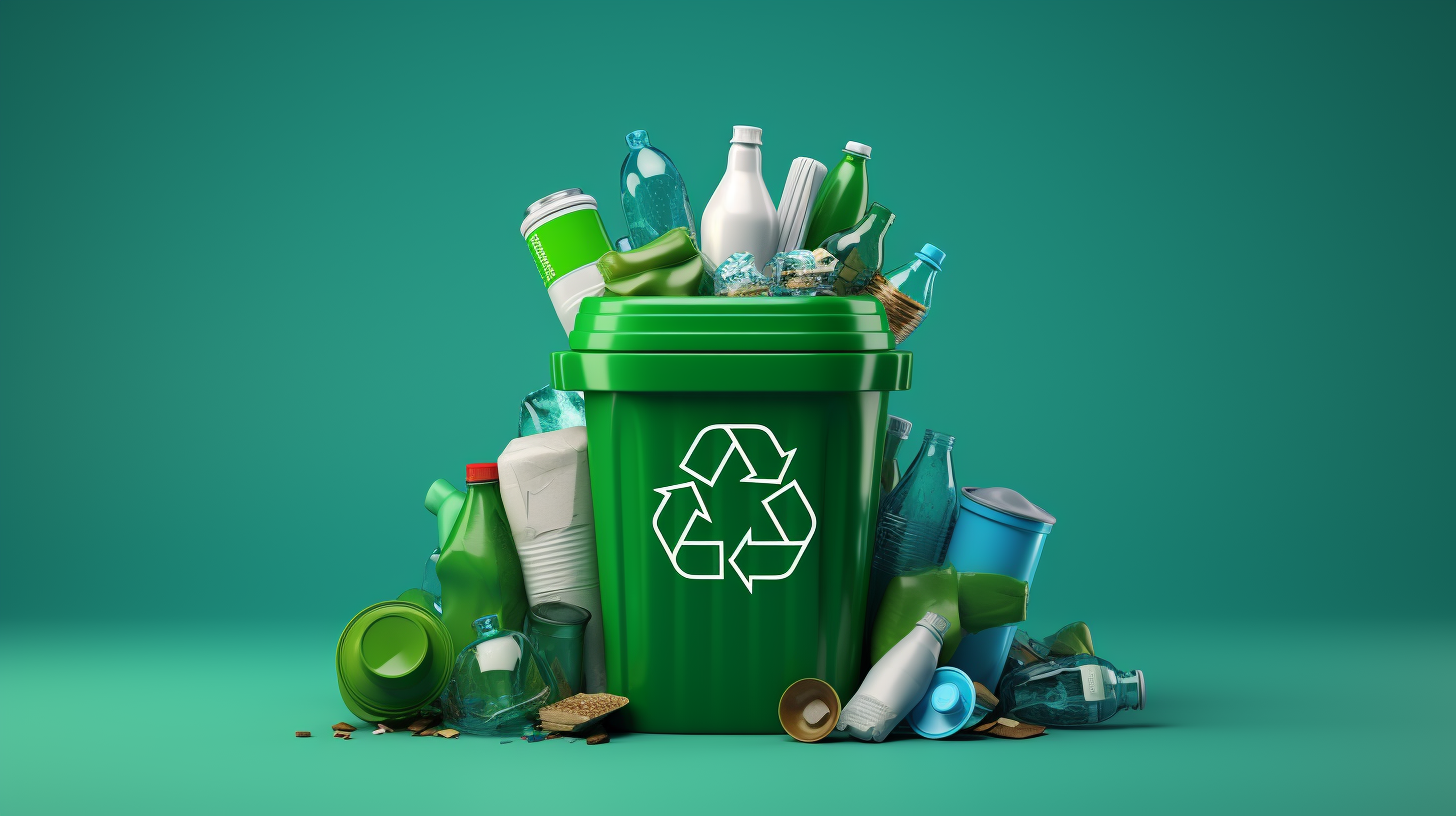Recycling Lives Services: A Total Option for Business Recycling
Recycling Lives Services: A Total Option for Business Recycling
Blog Article
Checking Out Different Kinds of Waste in Modern Waste Monitoring Systems
The contemporary landscape of waste management involves browsing a complicated range of waste kinds, each needing specialized handling and disposal approaches to mitigate ecological impacts. Metropolitan strong waste, unsafe waste, electronic waste, and natural waste each existing distinctive difficulties and opportunities for resource recovery.
Metropolitan Strong Waste
Community strong waste, often described as house garbage or trash, encompasses a selection of disposed of materials generated by household, commercial, and institutional resources within a town. This waste stream generally consists of products such as product packaging, food scraps, lawn trimmings, paper, plastics, textiles, and disposed of household items. The administration of municipal strong waste is a vital component of metropolitan planning and public health and wellness, requiring efficient collection, transport, and disposal systems.
Efficient waste management systems are designed to decrease ecological influence while making best use of source recuperation. Composting organic waste, such as food scraps and lawn trimmings, not only decreases garbage dump use yet additionally generates valuable soil changes.
Districts must likewise attend to the logistical and economic obstacles connected with waste management. Implementing pay-as-you-throw systems, boosting public awareness, and purchasing modern technology can significantly enhance waste diversion prices. By incorporating these techniques, districts can cultivate lasting areas, lower greenhouse gas exhausts, and save natural deposits.
Hazardous Waste
.jpg)
Effective contaminated materials management entails several crucial actions: recognition, disposal, partition, and treatment. Recognition requires the category of waste based on its hazardous homes. Partition ensures that unsafe materials are stored individually from non-hazardous waste to avoid cross-contamination. Therapy techniques, such as chemical neutralization, incineration, and stablizing, are used to lower the toxicity, quantity, or mobility of the waste. Lastly, disposal choices, consisting of safe garbage dumps and below ground storage space, are selected to guarantee long-lasting containment.
Governing frameworks, such as the Resource Conservation and Healing Act (RCRA) in the United States, give guidelines and requirements for harmful waste management. Adherence to these regulations, combined with innovations in waste therapy technologies, is important in reducing the dangers related to hazardous waste.
Digital Waste
Digital waste, generally described as e-waste, stands for a swiftly growing difficulty in waste administration systems internationally. This type of waste encompasses disposed of electronic tools and devices such as smartphones, computer systems, tvs, and other electronic home appliances. The rapid rate of technological improvement, combined with reducing product life-spans and consumer need for the most recent devices, has actually exponentially increased the quantity of e-waste generated yearly.
E-waste is especially bothersome as a result of its complicated composition, often consisting of hazardous compounds like lead, cadmium, and mercury, which posture significant environmental and wellness risks otherwise correctly taken care of. Conversely, e-waste also consists of valuable products such as copper, gold, and read review silver, which can be recovered and recycled. The double nature of e-waste-- both hazardous and beneficial-- requires specific handling, recycling, and disposal processes.
Reliable e-waste monitoring involves stringent regulative structures, robust collection systems, and advanced recycling technologies. Public understanding and involvement are essential, as incorrect disposal methods, such as unlawful discarding and casual recycling, intensify ecological contamination and health and wellness threats. Consequently, enhancing e-waste management practices is important for reducing ecological impact and recuperating useful sources in a significantly electronic world.

Organic Waste
Organic waste, comprising cooking area scraps, lawn trimmings, and farming deposits, stands for a significant section of the global waste stream. This kind of waste is naturally degradable, indicating it can be broken down by bacteria right into easier natural compounds. Despite its capacity for all-natural decomposition, inappropriate management of natural waste can result in damaging environmental influences, including the discharge of greenhouse gases such as methane, which add to environment change.
Efficient management of organic waste is critical for reducing these ecological effects (recycling lives services). Composting is an extensively taken on technique, transforming natural waste into nutrient-rich compost that can improve dirt health and agricultural performance. In addition, anaerobic digestion is an emerging innovation that transforms natural waste into biogas, a renewable resource source, and digestate, which can be utilized as plant food
Municipalities and waste monitoring entities must apply robust organic waste collection and treatment programs to optimize the advantages of these processes. Public education and learning projects can additionally play a pivotal role in motivating houses and businesses to separate organic official website waste from various other kinds of waste. By prioritizing the administration of natural waste, cultures can minimize garbage dump usage, lower greenhouse gas emissions, and create important byproducts for farming use.

Ingenious Waste Management
In the world of waste monitoring, cutting-edge methods are changing how cultures manage their refuse, aiming for sustainability and click over here effectiveness. One popular advancement is the execution of wise waste bins equipped with sensing units that keep an eye on fill degrees and enhance collection paths.
Another remarkable growth is the fostering of waste-to-energy (WtE) technologies. By converting non-recyclable waste into useful energy through procedures such as incineration and anaerobic digestion, WtE minimizes landfill burden and gives a renewable resource resource. In addition, improvements in chemical recycling enable the malfunction of complex plastics right into their original monomers, enabling the production of brand-new, premium plastic products.
Additionally, the round economic climate model is obtaining grip, highlighting the layout of items and systems that prioritize reusability and source efficiency. This all natural method urges industries to decrease waste generation from the beginning. Via these ingenious strategies, contemporary waste monitoring systems are not only addressing the instant challenges of garbage disposal yet also leading the way for a much more lasting future.
Conclusion
A detailed understanding of municipal solid waste, harmful waste, electronic waste, and organic waste, paired with the implementation of cutting-edge waste management services, is vital for minimizing environmental influences. Incorporating innovations such as clever waste bins and waste-to-energy systems can improve performance and sustainability. Effective waste administration approaches not only foster source recuperation but additionally promote public understanding and participation, eventually adding to the development of a circular economic climate.
The contemporary landscape of waste administration includes navigating an intricate range of waste kinds, each calling for specialized handling and disposal methods to alleviate ecological impacts. Local strong waste, dangerous waste, digital waste, and natural waste each existing distinctive obstacles and chances for resource recuperation.Electronic waste, commonly referred to as e-waste, represents a quickly expanding challenge in waste monitoring systems around the world. Via these cutting-edge techniques, modern waste management systems are not only attending to the instant challenges of waste disposal yet additionally paving the way for an extra sustainable future.
An extensive understanding of municipal strong waste, dangerous waste, digital waste, and natural waste, coupled with the execution of ingenious waste management remedies, is imperative for minimizing ecological influences. (recycling lives services)
Report this page